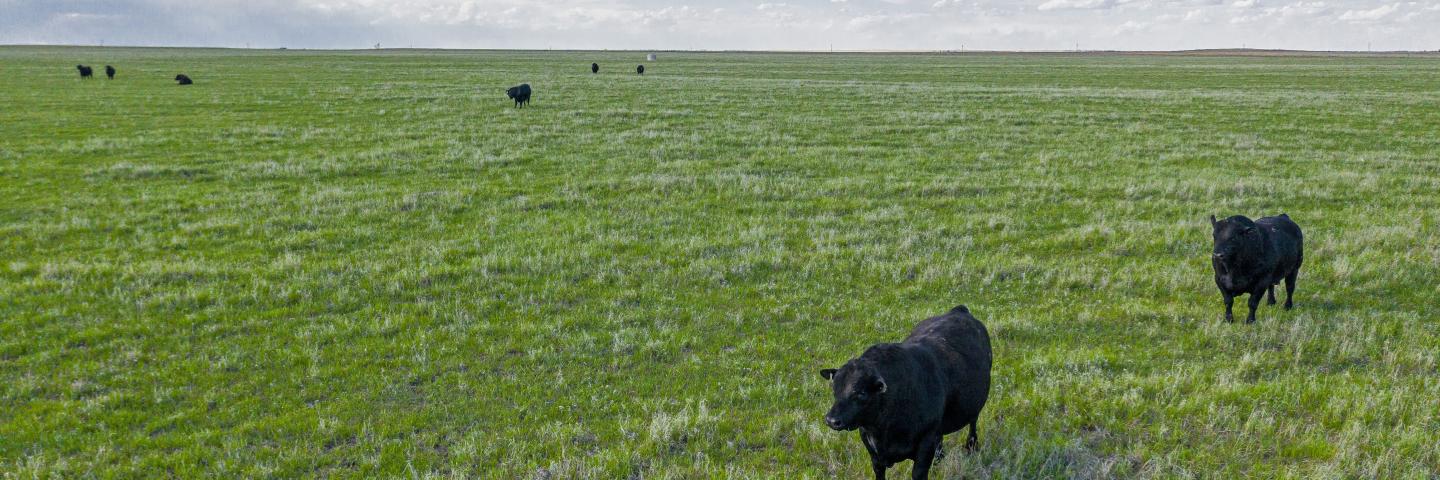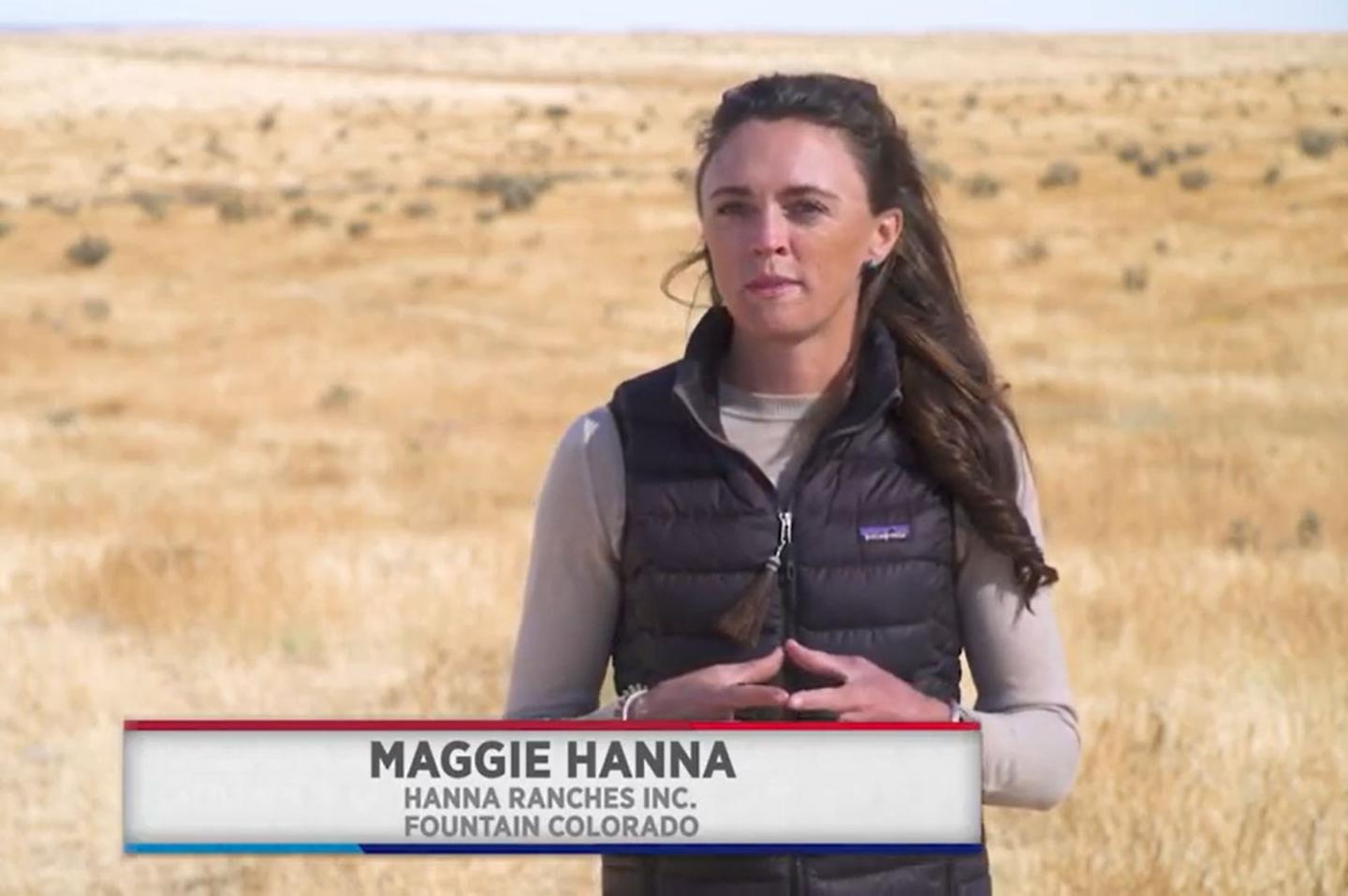Notice


The Environmental Quality Incentives Programs (EQIP) offers farmers, ranchers, and private forest landowners financial, cost-share assistance to implement structural and management conservation practices that optimize environmental benefits on working agricultural lands.
Eligibility
Agricultural producers and owners of non-industrial private forestland and Tribes are eligible to apply for EQIP. Eligible land includes cropland, rangeland, pastureland, non-industrial private forestland and other farm or ranch lands.
Applicants must:
- Control or own eligible land
- Comply with adjusted gross income (AGI) limitation provisions
- Be in compliance with the highly erodible land and wetland conservation requirements
- Develop an NRCS EQIP plan of operations
Additional restrictions and program requirements may apply.
Participant Responsibilities
Applicants are responsible for completing and filing all application and eligibility paperwork as required. If funded, participants are required to sign a contract and agree to implement the planned conservation practices to NRCS standards and specifications as scheduled. Starting a practice prior to having written contract approval will result in the ineligibility of that practice from EQIP assistance unless a waiver has been approved.
Colorado Practice Payment Schedule
- NRCS provides financial assistance for selected conservation practices. The availability and amount of financial assistance can vary between states.
- Practice payment caps and limitations, and payment FY-25 Payment Scheduled - ALL PAYMENT SCENARIOS MAY NOT BE APPLICABLE. SEE LOCAL NRCS FIELD OFFICE FOR MORE INFORMATION.
Colorado FY25 EQIP Funding Pools/Opportunities
Can your natural resource conservation project be processed as an ACT NOW APPLICATION? Ask Your Local NRCS Representative.

- CO FY25 High Tunnel - ACT NOW
- CO FY25 Conservation Planning Activity (CPA)- ACT NOW
- CO FY 25 Wildlife Habitat- ACT NOW
- CO FY25 Ogallala Aquifer Project - ACT NOW
- CO FY25 CEMA-ACT NOW
- IRA CO FY25 Forestry
- IRA NOW CO FY25 Cropland Soil Health
- IRA CO FY25 Climate Smart AG
- Working Lands for Wildlife
- CO FY25 Organic Transition - ACT NOW
- CO FY25 On-Farm Energy
- CO FY25 Tribal Conservation Projects
- CO FY25 Salinity Control Project Area
- CO FY25 Salinity Wildlife - ACT NOW
- CO FY25 Urban Ag
- CO FY25 Animal Waste Management
- CO FY25 Beginning Farmer and Rancher/Limited Resource Farmer (BFR/LRF)
- CO FY25 Socially Disadvantaged Farmer/Rancher (SDFR)
- CO FY25 Water Management Entities (WME)
- CO FY25 SDFR ACT NOW Wildlife
- CO FY25 BFR/LFR ACT NOW Wildlife
- CO FY25 Migratory Big Game Initiative
CO FY25 Resource Team's Funding Pool/Opportunities
EQIP Fund Pool/Opportunity Allocations and Thresholds
WHAT IS A THRESHOLD – A threshold is a state determined minimum ranking score in a designated fund pool/opportunity.
ACT NOW project fund pool/opportunity
allocations are initial and subject to change based on eligible applications within each funding pool/opportunity.
National and State Priorities
The following national priorities, consistent with statutory resources concerns that include soil, water, wildlife, air quality, and related natural resource concerns, may be used in EQIP implementation:
- Reductions of nonpoint source pollution, such as nutrients, sediment, pesticides, or excess salinity in impaired watersheds consistent with total maximum daily loads (TMDL) where available; the reduction of surface and groundwater contamination; and the reduction of contamination from agricultural sources, such as animal feeding operations.
- Conservation of ground and surface water resources.
- Reduction of emissions, such as particulate matter, nitrogen oxides, volatile organic compounds, and ozone precursors and depleters that contribute to air quality impairment violations of National Ambient Air Quality Standards.
- Reduction in soil erosion and sedimentation from unacceptable levels on agricultural land.
- Promotion of at-risk species habitat conservation including development and improvement of wildlife habitat.
- Energy conservation to help save fuel, improve efficiency of water use, maintain production, and protect soil and water resources by more efficiently using fertilizers and pesticides, and
- Biological carbon storage and sequestration.
In addition, Colorado has identified the following priorities:
- Water Quality and Quantity: irrigation systems, water control structures and irrigation water management
- Grazing management: fencing, stockwater systems, range and pasture planting
- Nutrient management: manure storage structures, planned nutrient applications, soil testing
- Soil Health: conservation crop rotation, cover crops and conservation tillage
- Wildlife habitat enhancement: buffer practices, upland wildlife habitat establishment
- Forest Health: forest timber removal and woody residue treatment

Maggie Hanna
"NRCS has been a critical component to Hanna Ranches work since the 1980's, basically in every aspect of what they can deliver...They have mentored generations of the Hanna family through projects."
Additional Information
Apply for Environmental Quality Incentives Program (EQIP)
The Environmental Quality Incentives Program (EQIP) provides financial and technical assistance to agricultural producers and non-industrial forest managers.
Learn MoreHistorically Underserved Farmers and Ranchers
The Agriculture Improvement Act of 2018 (2018 Farm Bill) includes provisions that address socially disadvantaged, beginning, limited resource, and veteran farmers and ranchers (“historically underserved producers”).
Learn MoreFarm Bill
The 2018 Farm Bill was enacted on December 20, 2018. The Farm Bill continues its strong support for conservation efforts of America’s farmers and ranchers through reauthorization and expanded flexibility of NRCS conservation programs.
Learn MoreReady to get started?
Contact your local service center to start your application.
How to Get Assistance
Do you farm or ranch and want to make improvements to the land that you own or lease?
Natural Resources Conservation Service offers technical and financial assistance to help farmers, ranchers and forest landowners.

To get started with NRCS, we recommend you stop by your local NRCS field office. We’ll discuss your vision for your land.
NRCS provides landowners with free technical assistance, or advice, for their land. Common technical assistance includes: resource assessment, practice design and resource monitoring. Your conservation planner will help you determine if financial assistance is right for you.
We’ll walk you through the application process. To get started on applying for financial assistance, we’ll work with you:
- To fill out an AD 1026, which ensures a conservation plan is in place before lands with highly erodible soils are farmed. It also ensures that identified wetland areas are protected.
- To meet other eligibility certifications.
Once complete, we’ll work with you on the application, or CPA 1200.
Applications for most programs are accepted on a continuous basis, but they’re considered for funding in different ranking periods. Be sure to ask your local NRCS district conservationist about the deadline for the ranking period to ensure you turn in your application in time.
As part of the application process, we’ll check to see if you are eligible. To do this, you’ll need to bring:
- An official tax ID (Social Security number or an employer ID)
- A property deed or lease agreement to show you have control of the property; and
- A farm number.
If you don’t have a farm number, you can get one from USDA’s Farm Service Agency. Typically, the local FSA office is located in the same building as the local NRCS office. You only need a farm number if you’re interested in financial assistance.
NRCS will take a look at the applications and rank them according to local resource concerns, the amount of conservation benefits the work will provide and the needs of applicants. View Application Ranking Dates by State.
If you’re selected, you can choose whether to sign the contract for the work to be done.
Once you sign the contract, you’ll be provided standards and specifications for completing the practice or practices, and then you will have a specified amount of time to implement. Once the work is implemented and inspected, you’ll be paid the rate of compensation for the work if it meets NRCS standards and specifications.

